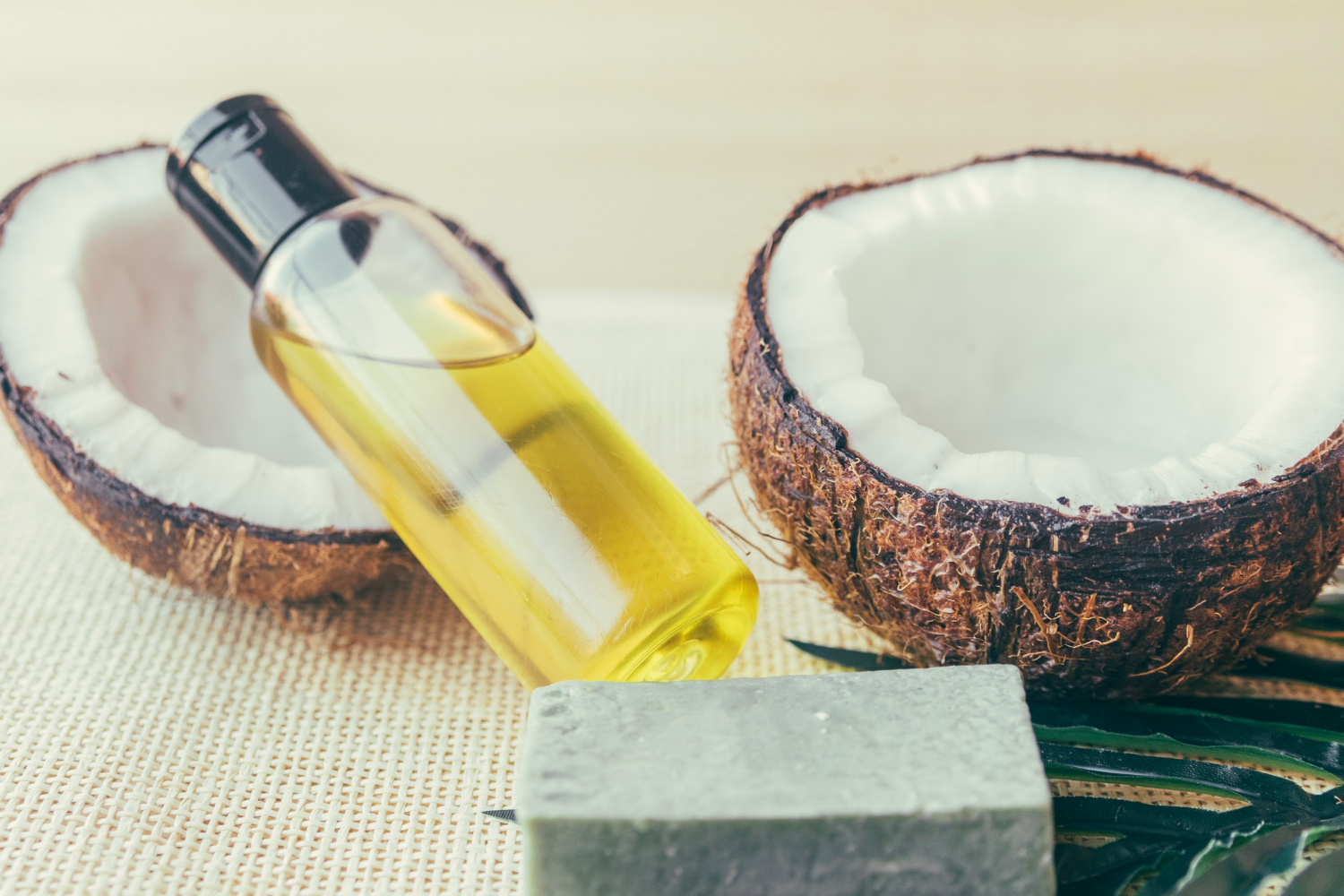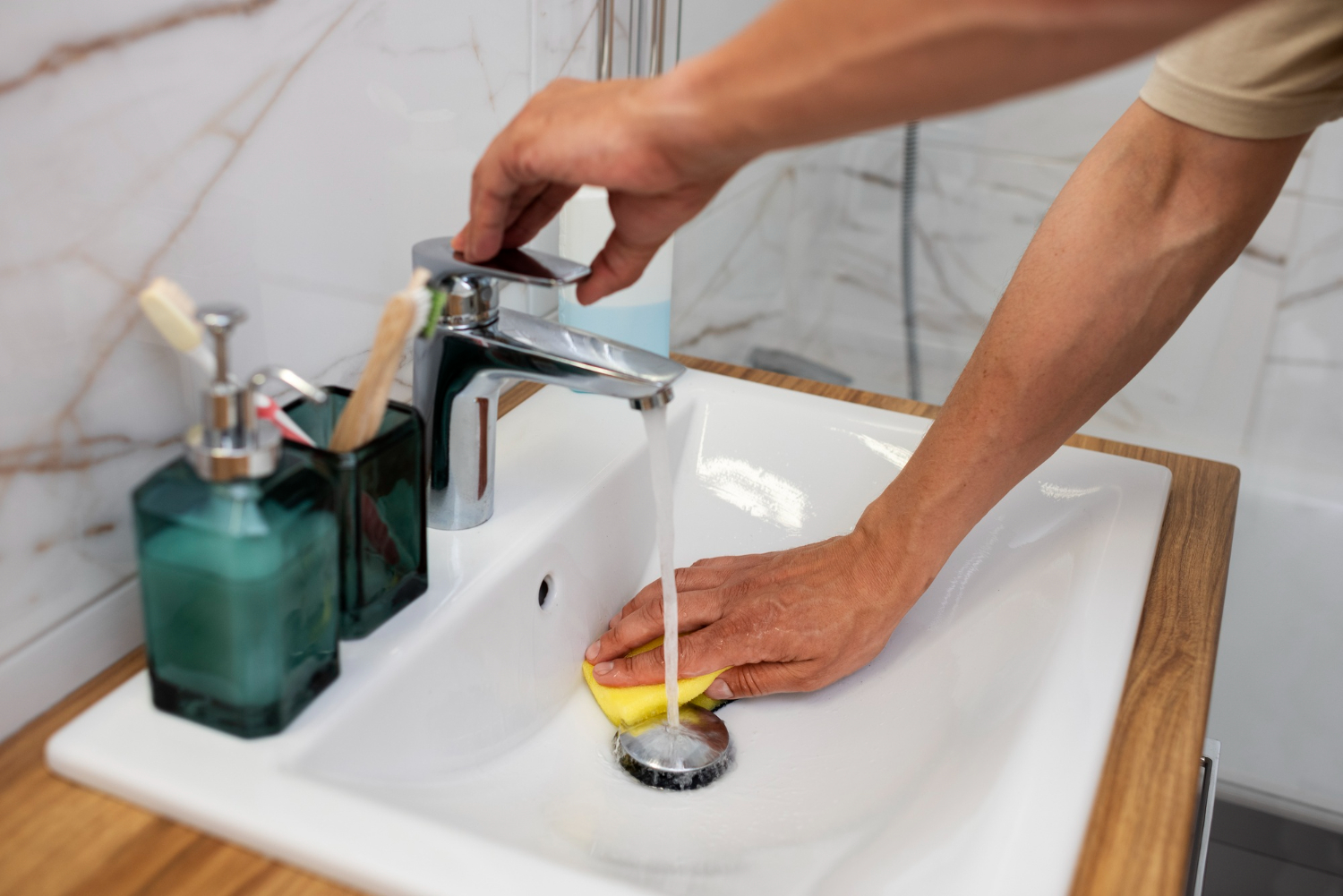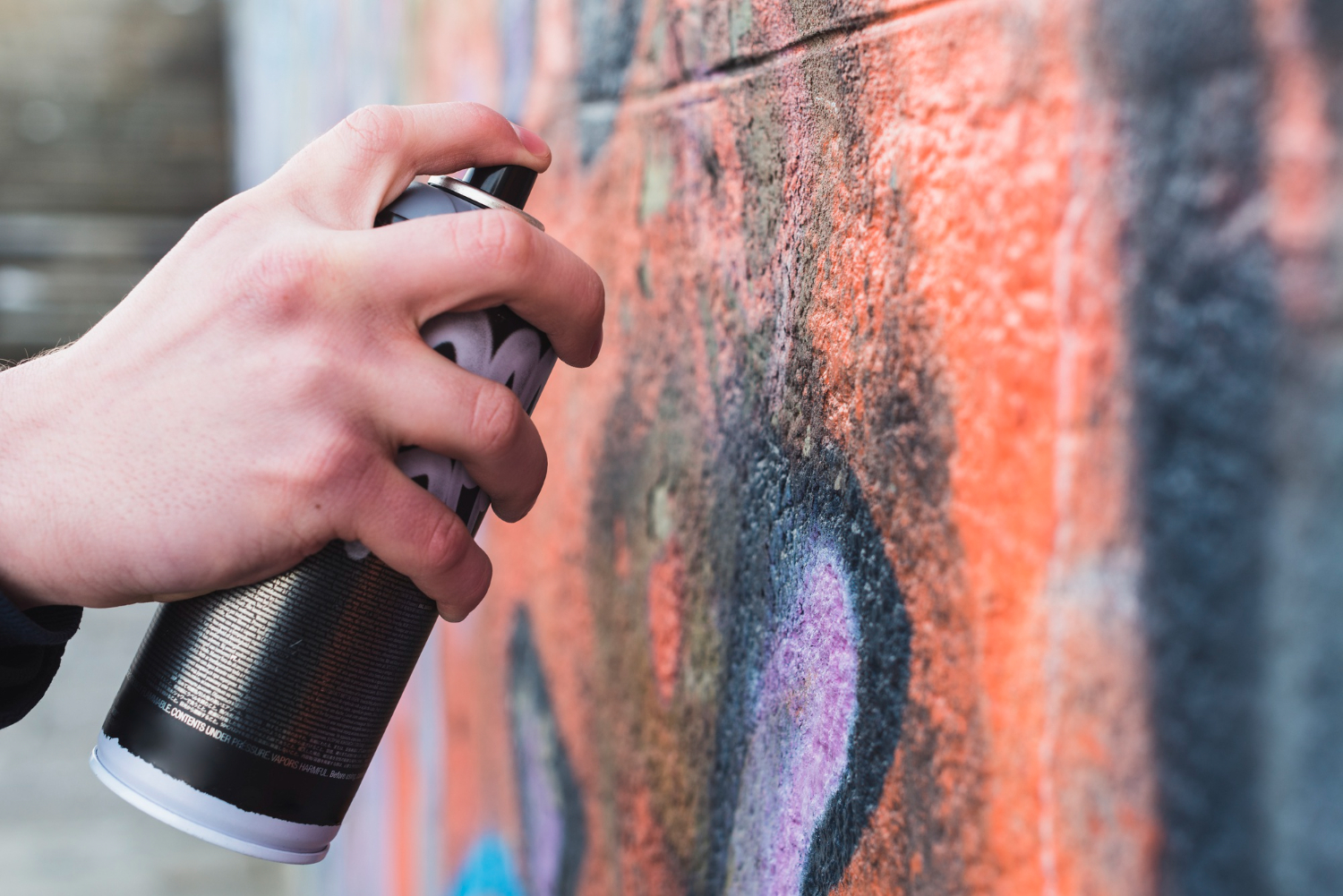How to get coconut oil out of clothes? Coconut oil is a versatile and popular product, celebrated for its numerous health benefits and culinary uses. However, it has a downside – it can be a nightmare to remove from clothing. If you’ve ever spilled coconut oil on your favorite shirt or pants, you know how challenging it can be to get rid of those stubborn stains. But worry not, as this comprehensive guide will teach you effective methods to get coconut oil out of clothes, ensuring your garments stay fresh and clean.
Understanding the Challenge
To effectively tackle the issue of coconut oil stains on clothing, it’s crucial to grasp the underlying reasons for their stubborn nature. Coconut oil, celebrated for its health benefits and culinary versatility, can turn into a persistent adversary when it comes into contact with your favorite garments.
- High-Fat Content: Coconut oil is primarily composed of fats, and it’s this very composition that makes it such a potent stain creator. Fats are hydrophobic, meaning they repel water and instead adhere to surfaces, including fabric. When coconut oil is spilled or splattered onto clothing, it quickly penetrates the fabric fibers.
- Rapid Absorption: The high-fat content in coconut oil enables it to be absorbed almost instantaneously by the fabric. As a result, it’s not merely a surface stain; it becomes deeply embedded in the material. This rapid absorption is a primary reason why conventional washing methods often fail to remove these stains effectively.
- Solidification: Coconut oil has the ability to solidify in colder climates. Due to body heat or warm surroundings, it may liquefy when it comes into contact with cloth, but as it cools, it hardens, making the stain even more difficult to remove.
Materials You’ll Need
- Dishwashing Liquid: Dishwashing liquid is a crucial component of the stain-removal process. It helps to break down the oil and facilitate its removal.
- Baking Soda: Baking soda is a natural absorber and can effectively lift the oil from the fabric, making it easier to remove.
- Cornstarch: Cornstarch is an additional absorber that can be used in case the stain is particularly stubborn.
- Paper Towels: Paper towels are necessary for blotting and removing excess oil from the fabric.
- An Old Toothbrush: An old toothbrush can be used to gently brush in baking soda and dishwashing liquid, aiding in the removal of the stain.
- Laundry Detergent: Laundry detergent is needed for washing the garment after the initial stain-removal steps.
- Cold Water: Using cold water is essential throughout the process to prevent setting the stain.
Step-by-Step Guide to Removing Coconut Oil Stains
Step 1: Blot the Stain
Begin the process by gently blotting the stained area with paper towels. Do not rub the stain, as this can cause the oil to spread and penetrate further into the fabric. Instead, press the paper towels against the stain to soak up as much of the excess oil as possible. Place the fabric on a flat surface to make this step more manageable.
Step 2: Apply Baking Soda
Once you’ve removed as much of the extra oil as you can by blotting, it’s time to add baking soda, which is one of the most important steps in this stain-removal procedure. Directly on the stain, sift a good amount of baking soda. Baking soda is a powerful natural absorbent that gets to work right away to help remove the oil from the fabric.
Step 3: Gently Brush
Use an old toothbrush to gently and evenly distribute the baking soda across the stained area. This step helps the baking soda penetrate further into the fabric and break up the oil. Be cautious not to scrub too vigorously, as this could damage the fabric, particularly if it’s delicate or easily frayed.
Step 4: Wait
In this procedure, patience is crucial. Spend 15 to 20 minutes letting the baking soda settle on the stain. It’s important to wait during this interval so that the baking soda has time to absorb the oil. Avoid touching the discoloration or attempting to scrub the baking soda during this time.
Step 5: Shake Off Excess
After the waiting period, it’s time to shake off the excess baking soda. You can do this by gently tapping or shaking the fabric over a trash bin or sink. Ensure that you’ve removed all loose baking soda and excess oil. At this point, you should notice that the stain has lightened significantly.
Step 6: Apply Dishwashing Liquid
This step introduces another essential element in the stain-removal process – a clear, mild dishwashing liquid. Squeeze a small amount of the dishwashing liquid directly onto the stain. Gently rub the fabric together to work the soap into the stained area. The dishwashing liquid plays a crucial role in breaking down the coconut oil and making it more amenable to removal.
Step 7: Rinse with Cold Water
Rinse the stained area thoroughly under a stream of cold running water. Remember that hot water should be avoided at all costs, as it can set the stain permanently. Continue rinsing until the water runs clear, signifying the removal of the oil and soap residue. This step is critical to ensuring the stain is eliminated.
Step 8: Check for Residue
After rinsing, examine the fabric for any lingering traces of the coconut oil stain. If there is any remaining discoloration, you may need to repeat steps 2 to 7. Persistent stains may require multiple applications of this process, so be patient and thorough in your efforts.
These detailed steps are the foundation for successfully removing coconut oil stains from your clothing. The process is effective and environmentally friendly, using readily available household items. By following each step meticulously, you can ensure that your clothes are restored to their pristine condition, free from the stubborn grip of coconut oil stains.
Additional Tips
Tip 1: Cornstarch
If the stain persists after repeating the initial steps, apply cornstarch to the area and let it sit for an hour. Cornstarch is an additional absorber that can help remove stubborn oil stains.
Tip 2: Pre-Treatment
For particularly stubborn stains, consider pre-treating with a commercial stain remover or a mixture of equal parts water and ammonia. Apply the pre-treatment before following the steps outlined above.
How to Get Coconut Oil Out of Clothes
Pros and Cons of the Methods
Pros:
- Affordable and readily available household items are used.
- The method is suitable for most types of fabric.
- Safe and environmentally friendly compared to harsh chemical stain removers.
Cons:
- May require multiple applications for stubborn stains.
- Success depends on prompt treatment; old, set-in stains can be more challenging.
Washing the Garment
Step 9: Wash as Usual
Wash the item in cold water with your regular laundry detergent if the stain has entirely disappeared. Use cold water until you are certain the stain is gone before using hot water. Observe the care recommendations on the label of the item.
Step 10: Air Dry
After washing, air-dry the garment. Heat from a dryer can set any remaining stain, making it almost impossible to remove. Ensure that the stain is entirely gone before drying.
Conclusion
Coconut oil stains on your clothing may seem daunting, but with the right approach, you can effectively remove them. Follow these steps and tips, and your favorite garments will be free from coconut oil stains. Remember to act quickly, as fresh stains are easier to remove. So, the next time you spill coconut oil on your clothes, don’t fret – just follow this guide to keep your wardrobe looking fresh and clean.
Frequently Asked Questions
Q: Can I use any dishwashing liquid to remove coconut oil stains?
A: To avoid adding more color or chemicals to the stain, it is recommended to use a clear, mild dishwashing detergent.
Q: Is it safe to use baking soda on all fabric types?
A: Although baking soda is often safe for most fabrics, it is advisable to test a tiny, discrete area first before using it on the stain.
Q: Can I use hot water if the stain is particularly stubborn?
A: No, using hot water may cause the stain to harden, making removal more difficult. Continue using cold water throughout.
Q: What should I do if the stain is still visible after following these steps?
A: Consider professional dry cleaning or seek the advice of a stain removal specialist if the stain doesn’t go away.
Q: Can I use these methods on old, set-in coconut oil stains?
A: Although these techniques are sometimes successful, recent stains are considerably simpler to remove. The outcomes will be better the sooner you cure the stain.
Search Deeper Article: How to Get Fabric Softener Stains Out of Clothes



